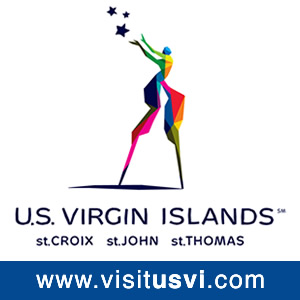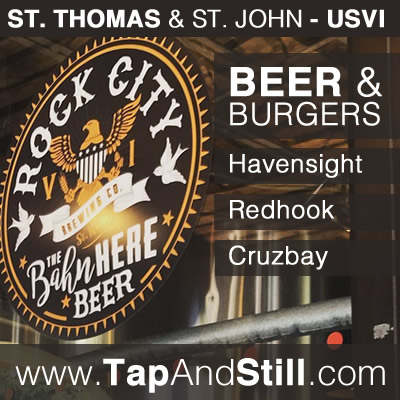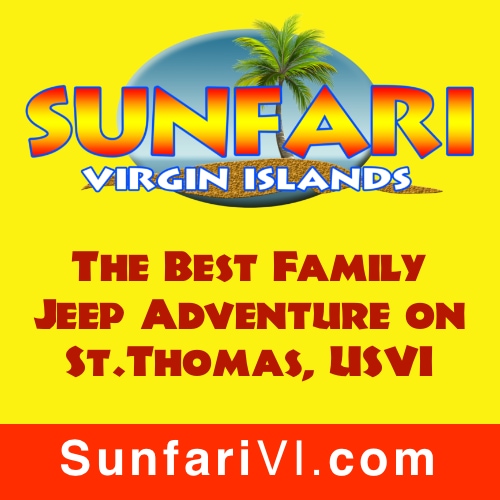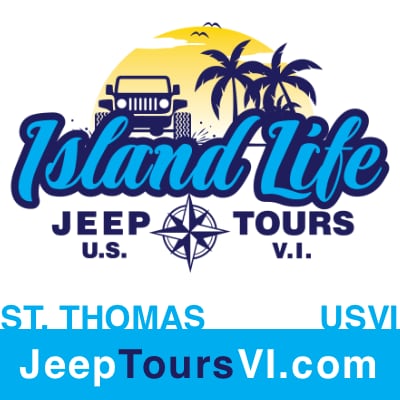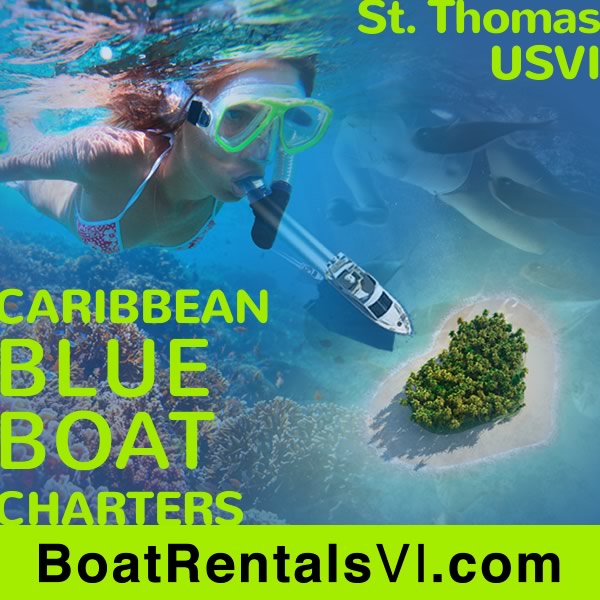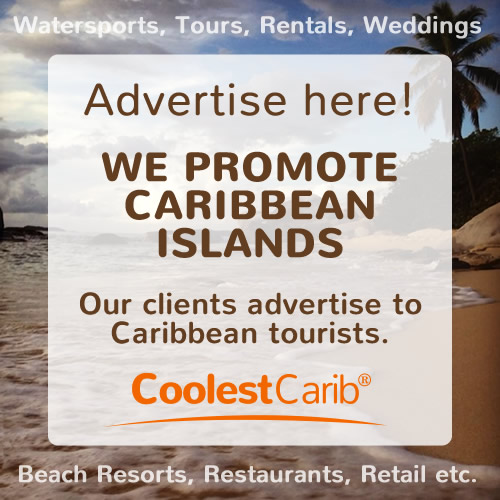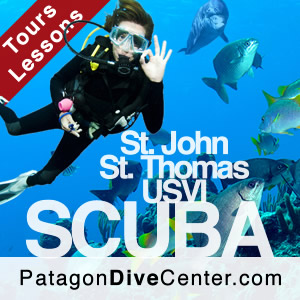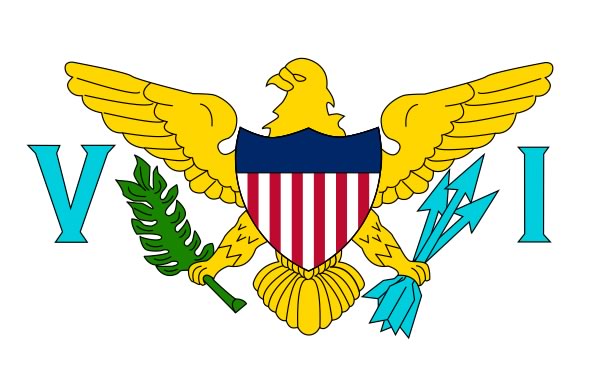St. John US Virgin Islands is an Unincorporated U.S. Territory.
An Unincorporated Territory of the United States means that Congress has determined that only select parts of the U.S. Constitution apply.
St. John is the smallest of the three US Virgin Islands. While the other two, St. Thomas and St. Croix, are hustling and bustling, St. John is relatively laid back. Saint John, US Virgin Islands is located a few minute ferry ride east of St. Thomas on the north eastern side of the Caribbean island chain. View Map.
Although it's only three miles from St. Thomas, it is vastly different in spirit and human interaction. Famous for its nature reserve, excellent for historic walks, snorkeling, diving and camping.
1. Virgin Islands National Park:
Two-thirds of St. John is protected as Virgin Islands National Park, established in 1956. It covers beaches, coral reefs, and tropical forests, making it a haven for biodiversity and outdoor activities.
2. Trunk Bay:
Located within the national park, Trunk Bay is famous for its stunning underwater snorkeling trail. It's consistently ranked among the top beaches worldwide for its clear waters and pristine sands.
3. Historical Significance:
St. John has a rich history, including the ruins of Annaberg Sugar Plantation, where visitors can learn about the island's colonial past and the impact of sugar production on its economy.
4. Cruz Bay:
The main town on St. John, Cruz Bay, offers a vibrant mix of restaurants, shops, and galleries. It serves as the island's hub for dining, nightlife, and local culture.
5. Peaceful Atmosphere:
Compared to its neighboring islands, St. John is known for its relaxed and laid-back atmosphere. With a smaller population and less commercial development, it retains a tranquil, unspoiled charm that appeals to nature lovers and those seeking a quieter Caribbean experience.
According to CoolestCarib St. John is one of the top 10 coolest Caribbean Islands while National Geographic Magazine has rated one of St. John's beaches, Trunk Bay, as one of the best in the world.
Having your own transport is easy, and cheaper in the long run. For Jeep Wranglers, all other cars try out Budget Rent a Car or Thrifty Car Rental. It is advised to make your reservations in advance and conirm your booking before arrival.
Scooters, motorbikes, jeeps or electric cars can be rented from RentAmotion
If you're planning to visit St. John as a group or big family, Premier Destination Services will arrange everything from transport, accommodation to tours.
Lastly if you wish to island crawl between St. Thomas and St. Croix take a ferry with Native Son Ferries.
Enjoy your stay!

"Virgin Islands March"
"Studyation betta dan education". Common sense is better than formal education or learning.
"Dutty water will out fyah". Every thing has its use.
"Dutty han mek greasy mout". Work hard and you will eat well and enjoy the fruits of life.
- Ram Head Trail - Starts at the south end of Salt Pond Bay Beach, St. John. Take this short, scenic, 1-mile hike - 30-35 mins each way - that crosses two beaches. Lots of open air, so it can get sunny and hot. Be sure to bring water, sunscreen, walking shoes, swimwear and a hat. Great for a full moon hike too!
- The Reef Bay Trail - Part of the Virgin Islands National Park, it's downhill all the way, and can be slippery, so wear good shoes. The National Park Service offers a guided hike with lots of interesting facts and history. A boat picks you up at the end of the hike for the trip back to Cruz Bay (the boat trip costs $10-15/person.) Great overgrown plantation ruins, a unique view of the Taino petroglyphs, seeing what is left of the sugar mill and breathing the fresh forest air is all worth it on this trail.
- Annaberg Sugar Plantation - Leinster Bay Rd, Virgin Islands National Park. Another opportunity to go on a historic walking tour, Annaberg is a well-preserved sugar plantation (was in operation 1870). See how slaves boiled molasses and worked sugar cane on one of their regular tours and living-history demonstrations.
- Concordia Eco-Tents - located on the east side of the island, it takes a while to get there, but is a great deluxe tent camping experience. The tents have beds, some kitchen equipment, usually a futon and table. You can also rent an Eco-Studio on the grounds and there's a beach, a restaurant and snorkeling equipment for rent.
- Coral Bay - This is a little community, too small to call a town, on the southeastern side of St. John. It houses many restaurants, ex-pats and artists and makes for a scenic drive from the main town, Cruz Bay, along Centerline Road. Takes about 30 minutes and is a scenic drive. In Coral Bay you will not see a lot of road signs, in fact goats and donkeys are more prominent. There is also a Moravian Church with historic significance to see, do note that it is said to be haunted.
- Cinnamon Bay - Not only a beautiful beach, it is also the longest beach in St. John and the location of the Cinnamon Bay Campground. A great family experience, it provides cost-effective beachside accommodations, some near the beach, some tucked amongst the trees. A variety of water sports activities, including kayaking, windsurfing, and diving equipment are on offer. You can also join a pickup volleyball game or hike the Cinnamon Bay nature trail.
- Trunk Bay - Certainly the most popular beach on St. John, it's also part of Virgin Islands National Park. The park's world-famous underwater snorkeling trail - complete with interpretive signs and, amazingly, a pink, tiny fish when the underwater signs show a pic of that fish! The Annaberg Sugar Plantation ruins are a recommended visit here. Often crowded, Trunk Bay is considered the most beautiful beach on St. John.
- Caneel Bay - Want to combine a day at the beach with lunch at the Caneel Bay Resort? There are two restaurants at the resort to choose from. Take a swim, a snorkel, relax and take a stroll through the historic ruins of the estate's old sugar works. The Caneel Bay resort provides public access to Caneel and Honeymoon Beaches only. Use of the beach chairs, kayaks and paddle boats are reserved for registered hotel guests. Facilities for day guests include restaurants, public rest rooms and a gift shop.
- Francis Bay Beach - One of the longest stretches on St. John, this is pretty much a beach strollers paradise. Sunbathing is, of course, also at the order of a normal day. Famous for sunsets, this west-facing beach is where snorkelers will encounter many tropical fish. The Francis Bay Trail is good for bird-watching, too.
- Maho Bay Beach - Maho is typified by a few key elements, the shady Maho Trees (a type of hibiscus with heart-shaped leaves and yellow flowers), turtles are often seen in the shallow waters and a trail leads to Maho Bay Camps. You can lodge or camp in a tent, very family- and kids-friendly.
Archipelago: Virgin Islands, Leeward Islands
St. John (Spanish: San Juan; Dutch: Sint Hans; French: Saint-Jean ; Danish: Sankt Jan) is an island in the Caribbean Sea and a constituent district of the United States Virgin Islands (USVI), an unincorporated territory of the United States. St. John is located about four miles east of Saint Thomas, and four miles southwest of Tortola, part of the British Virgin Islands. It is 50.8 sq km (19.61 sq mi) in area with a population of 4,170 (2010 census). Because there are no airports on St. John, the only access to the island is by boat. The ferry service runs hourly from St. Thomas and daily from Tortola; regular ferries also operate from Virgin Gorda, Jost Van Dyke and Anegada. Approximately 60% of the island is protected as Virgin Islands National Park. [Wikipedia]
When in the US Virgin Islands - St. Croix, St. Thomas and St. John - drive on the left-hand side of the road.

